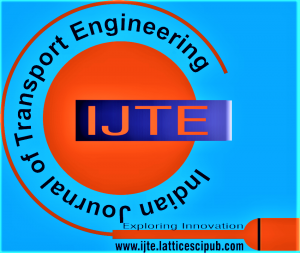![]()
Case Study of Urban City of India
Mevawala Jency Pankajbhai
Mevawala Jency Pankajbhai, Post Graduate Student Town and Country Planning, Sarvajanik College of Engineering and Technology Surat (Gujarat), India.
Manuscript received on 06 May 2021 | Revised Manuscript received on 09 May 2021 | Manuscript Accepted on 15 May 2021 | Manuscript published on 30 May 2021 | PP: 9-10 | Volume-1 Issue-1, May 2021 | Retrieval Number: 100.1/ijte.A2303051121
Open Access | Ethics and Policies | Indexing and Abstracting
© The Authors. Published by Lattice Science Publication (LSP). This is an open-access article under the CC-BY-NC-ND license (http://creativecommons.org/licenses/by-nc-nd/4.0/)
Abstract: The “City of Diamond: Surat” is looking to enhance the quality of life in its cities by making the cities livable places. But in urbanized Surat, lack of open spaces or public places, pose a block in developing as a smart city. The solution? Reclaiming the streets. The impression of street as gathering place and relaxation area has been revolving around since the dawn of ages. Apart from providing mobility, streets act as a connection between people and place will be understood with ‘Link and Place’ concept. This thesis highlights the importance of aesthetics, accessibility, safety and walkability, which needs to be considered during street design. The analytical study uses examples from around the world of applying the ‘Link and Place’ concept in order to develop the ‘Complete street’ approaches and recommendations at ‘L.P.Savani Road’, Adajan, Pal, West Zone of Surat. This study will try to create a model of ‘Complete Street’ for Indian streetscapes, where the streets serve a multipurpose network focusing on its activeness and inclusiveness; With observational surveys and design tools.
Keywords: Complete Urban Street, Link and Place, Quality of life, Human-centered design, Walkable Communities
